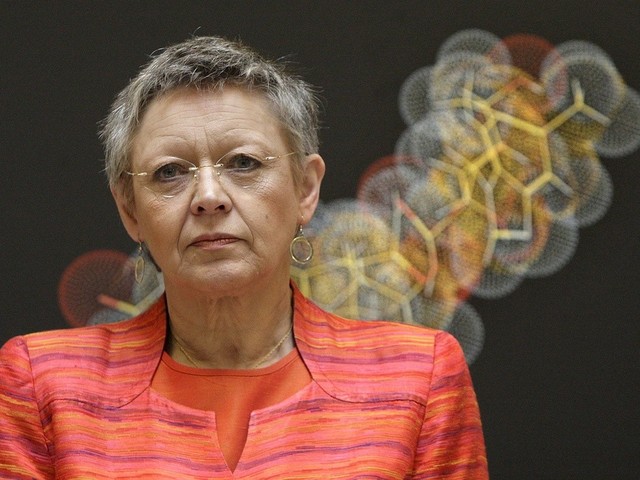“Certain people – men, of course – discouraged me, saying [science] was not a good career for women. That pushed me even more to persevere […] I was from the generation of 1968. It was a period of activism and women were demanding their rights.”
Françoise Barré-Sinoussi, Virologist,
Nobel Prize Winner for Physiology or Medicine 2008
Françoise Barré-Sinoussi is an inspiration to all women in science, determined to succeed despite discouragement and achieved the greatest honour in Science: a Nobel Prize. But, unfortunately, her bad experience in her earlier days as a scientist is still common amongst women today.
Though so far as a woman and an academic I have thankfully not experienced any discouragement or career barriers owing to my gender, but I do know other women who have been impacted by the mere reality of them being female. Across UK universities, women academics are paid £1.3 billion less than their male counterparts. This difference seems more evident the higher you climb, as only 23% of professors are women and even lower proportion are from Black, Asian, and minority ethnic backgrounds (BAME) of which there are only 7.7%.
These discrepancies seem to be more apparent in science, technology, engineering or maths (STEM) professions. Women are more likely to graduate with an undergraduate degree (58%) yet they are significantly underrepresented in STEM. Just one in five women is employed in a STEM role in the UK, which is comparably less than other countries. There is clearly something happening that makes women graduates less likely to embark on a career in science. So what is it?
One review from American Association of University Women (AAUW) examined peer-reviewed articles and explored disparity between men and women in STEM roles. They found that environmental and social barriers contribute to the issue, including stereotyping, gender biases and departmental climates. They concluded that perceptions, beliefs and attitudes about girls having a career in the STEM was the underlying reason for low representation of women in this area. Hence, tackling these stigmas early on, during early education, and promoting science can help increase the proportion of women in STEM careers.
So what is currently being done to break down these stereotypes and barriers? I’m pleased to report numerous organisations exist to promote and recognise women in the STEM.
In 2005, the Athena SWAN was introduced to promote and recognise women in STEM careers. Imperial College was one of the first universities to be associated with the Athena SWAN charter and the first to receive a Silver institution award. The award recognises and celebrates work taken to address gender inequality. There are numerous organisations including WISE, STEMettes and AAUW that recognise and promote women in this area.
After attending a recent meeting about diversity at Imperial, I was encouraged to hear that the three women panellists, all in senior positions at the college, had felt very supported by Imperial College in their time here. Nina Nannard, the chair for the event, suggested role models and strong mentorship can be really important to ensure woman progress through their careers in science and other fields. That really resonated with me.
Although Francoise Barré was driven by negative critique, I hope that going forward more women are motivated by positive, inspirational comments. Promotion of science in early education and having regulatory bodies that promote women in the STEM is a move in the right direction. However, continued effort is needed to ensure women are promoted, appreciated and remunerated in parity to their male counterparts. I hope in the future, this area will be adequately addressed.
